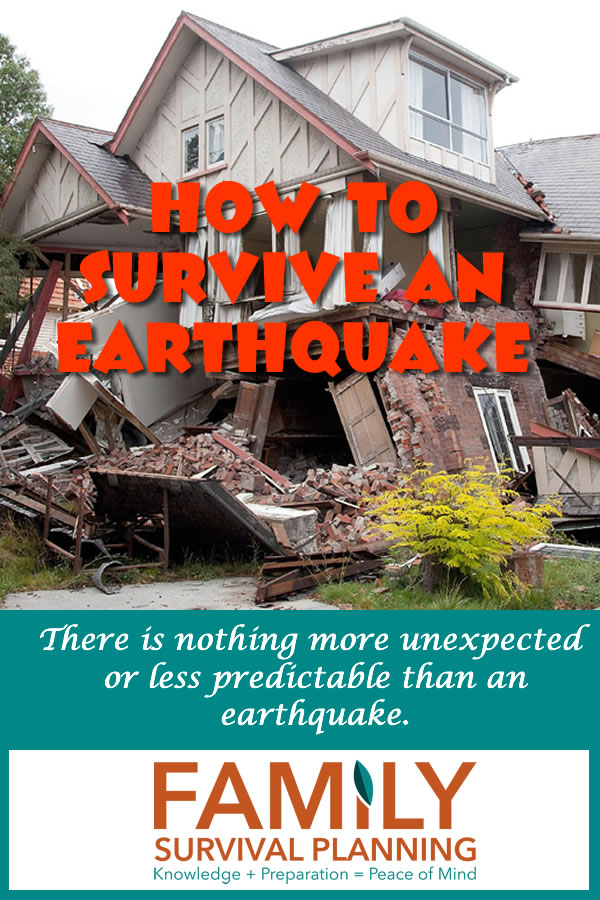- HOME
- Survival Gear
- Emergency Shelter
Emergency Shelter,
Safe Room, or Evacuate?

Emergency shelters can be any place or structure that gives protection.
While it can be a tent, a cave, a lean-to, or an underground shelter, hopefully in a crisis, it can still be your home. Not all disaster situations will render your home unable to give you emergency shelter.
But if your home has been destroyed, then temporary shelters like tents, or community centers would be necessary.
Invest in emergency food storage now and enjoy peace of mind for the next 25 years. Don't miss out on the savings!
Deciding to Shelter in Place or Evacuate

Deciding to stay put (shelter in place) or evacuate will depend on the type of disaster. You should have a plan for either choice and evaluate the scenarios of disasters that could happen in your area. Use common sense and check with your county, state, or city government for their evacuation plans well ahead of any crisis.
First you will need to determine if there is immediate danger. In any emergency, local authorities may or may not immediately be able to provide information on what is happening and what you should do. However, you should monitor TV or radio news reports for information or official instructions as they become available. If you're specifically told to evacuate or seek medical treatment, do so immediately.
If your children are at school, they will be sheltered there. Unless you are specifically instructed to do so, do not try to get to the school to bring your children home.
What Should I do?
If a shelter-at-home alert is announced, act quickly and follow the instructions of your local emergency coordinators. Every situation can be different and local emergency coordinators might have special instructions for you to follow. In general, do the following:
- Get inside as quickly as possible.
- If there is time, shut and lock all outside doors and windows. Locking them may provide a tighter seal against chemicals. Turn off the air conditioner or heater and all fans. Close the fireplace damper and any other place that air can come in from the outside.
- Go into the shelter-in-place room and shut the door. Take pets with you, if possible.
- Use duct tape to tape plastic over any windows in the roomand over any vents including electrical outlets. (See How to Create a Safe Room)
- Push a wet towel, blankets, extra clothes or whatever is handy between the the door and the floor to seal it.
- Drink only your stored water, not water from the tap.
- Turn on the radio. Keep a telephone close at hand.
Preparing to shelter in place

Choose a room in your home or business to use as a shelter. The best room would be a room with as few windows and doors as possible. A large room with a water supply is best, something like a master bedroom that is connected to a bathroom.
For a chemical attack, this room should be as high in the building as possible to avoid gases that sink. This is different than the sheltering techniques for severe storms, when the shelter should be at the lowest level of your home, such as a basement.
Have the following items on hand (ideally in the safe room, to save time):
- Food and bottled water: a gallon of water per person in plastic bottles, as well as ready-to-eat foods that will keep without refrigeration. If bottled water isn't available at the time, the water in a toilet tank is suitable for drinking.
- First aid kit.
- Flashlight, battery-powered radio, and extra batteries for both.
- Duct tape and scissors.
- Towels and plastic sheeting.
- A working phone.
Sheltering this way will keep you safer than if you are outdoors. Most likely, you will not be in your emergency shelter for more than a few hours. Listen to your radio for announcements indicating that it is safe to leave your shelter.
Do you have a plan for sheltering in place? Be sure you have plenty of supplies to keep your family warm and sheltered. Find what you need here.














